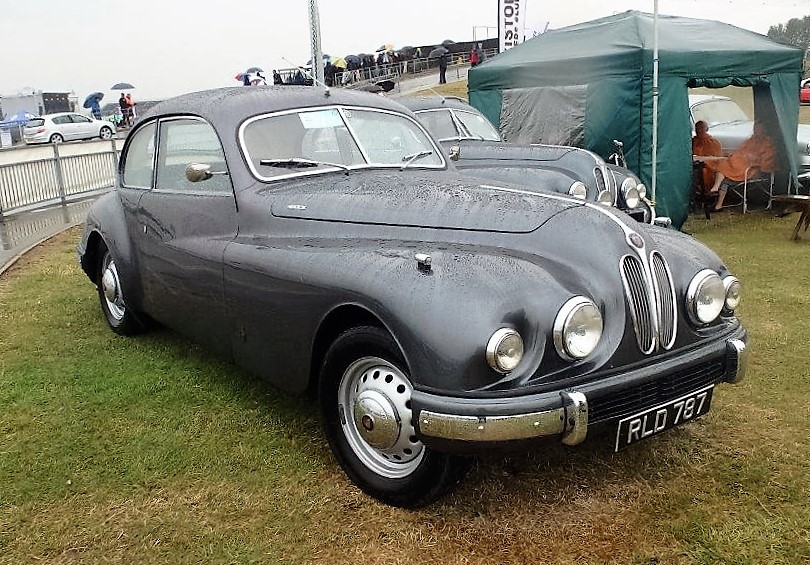-
Insurance
InsuranceAbout our productsLearn about insuringGet a quote Get current values, historical values, model history and more.
-
Valuation
ValuationHagerty valuation toolLook up a vehicle value Get current values, historical values, model history and more.
-
Events
EventsHagerty official eventsHagerty ClubhouseEvent calendar
-
Entertainment
EntertainmentMore to explore
- Portal login
1954 Bristol 403
Base 2dr Saloon 2 L
Vehicle values by condition
Fair
Condition 4
£20,200
#4 cars are daily drivers, with flaws visible to the naked eye. The chrome might have pitting or scratches, the windshield might be chipped.
Good
Condition 3
£33,500
#3 cars could possess some, but not all of the issues of a #4 car, but they will be balanced by other factors such as a fresh paint job or a new, correct interior.
Excellent
Condition 2
£52,200
#2 cars could win a local or regional show. They can be former #1 cars that have been driven or have aged. Seasoned observers will have to look closely for flaws.
Concours
Condition 1
£80,900
#1 vehicles are the best in the world. The visual image is of the best car, unmodified, in the right colours, driving onto the lawn at the finest concours.
Insurance premium for a
1954 Bristol 403 Base 2dr Saloon 1971
valued at £33,500
£196.82
/ year*
History of the 1953 - 1955 Bristol 403

1953 - 1955 Bristol 403
The Bristol 403 was a refinement of the 401 model, with the 2-Litre I-6 engine gaining extra power – 100bhp as opposed to 85bhp - a front anti-roll bar, and finned brake drums. The steering remained by rack and pinion, and the suspension was upper wishbones with transverse semi-elliptic leaf springs at the front and a live axle with longitudinal torsion bars at the rear. The Superleggera coupe body consisted of alloy panels surrounding a tubular steel framework with a chrome radiator grille denoting the new model.
Bristol began production of the 403 in 1953 and, as compared with the 401, the engine had larger main bearings and valves, and a remote control lever for the 4-speed transmission. The 403’s top speed was 104mph. The specification included an elaborate heating system and multi-adjustable seats. The price was £2,976 2s 6d, and some later models were fitted with a power plant with an 8.5:1 compression ratio.
Bristol made 300 403s before it was replaced by the 404 and 405 in 1955.
The 403’s engine was the Bristol 1,971cc ‘100’ unit with triple Solex 32 B1 carburettors. The transmission was a 4-speed manual box with synchromesh on the top three ratios and a freewheel on first gear.
The 403 is a substantial car at nearly 16 feet in length, but not one line appears out of place. Many owners find that it performs and handles in the fashion of a car made in the mid-1960s rather than the early 1950s.
The freewheel can fail under fierce acceleration, and the fuel tank can be prone to corrosion. Check also the sills, as rust does occur when steel and aluminium meet, and the extension legs behind the rear wheels.
‘To gaze on this Bristol from behind is to contemplate a work of infinite abstract, aesthetic and sensual pleasure’ wrote the art critic, Brian Sewell. And this is a work of automotive art that will convey four occupants at 80 mph in refined good taste.
The alternative to the Bristol 403 included the Bentley R-Type Continental, the Lagonda 2.6 Litre drophead and the Jensen 541.
Hagerty Newsletter
Get your weekly dose of car news from Hagerty UK in your inbox

ADVERTISEMENT